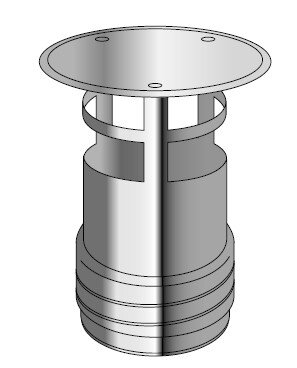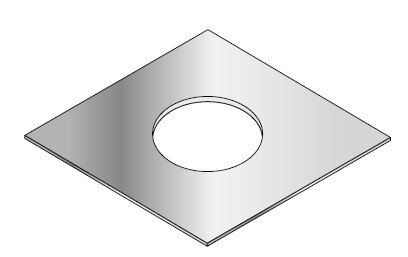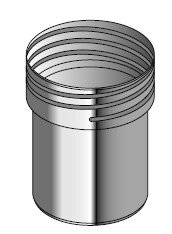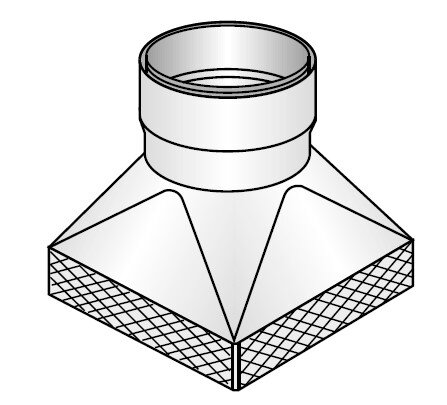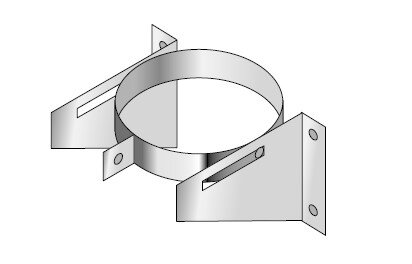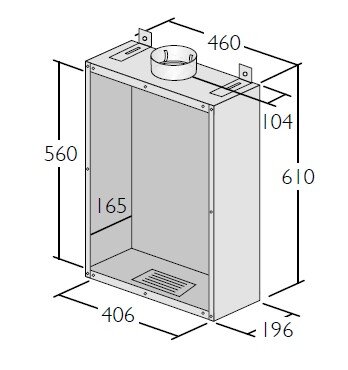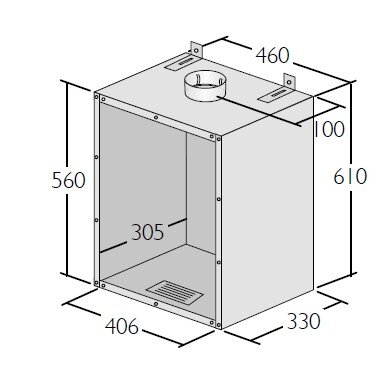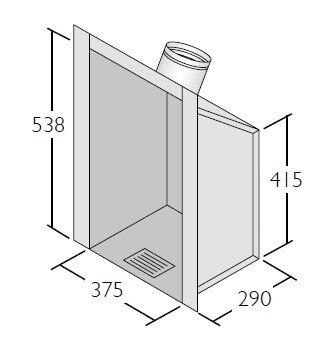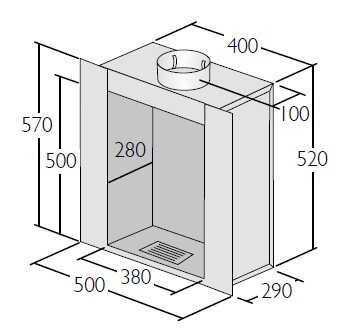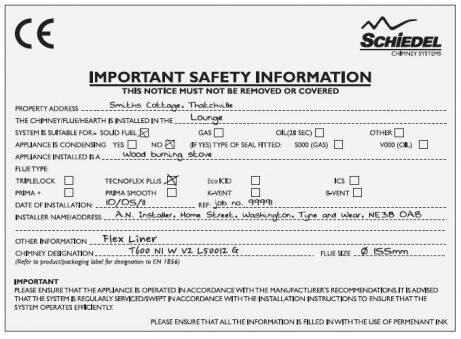TecnoFlex Plus is CE Certified to BS EN 1856-2 TÜV 0036 CPR 9195 035 respectively with designations:
Triplelock Plus is CE Certified to BS EN 1856-2 TÜV 0036 CPR 9195 043 with designations:
MANDATORY REQUIREMENTS Building Regulations Document J requires that a flexible flue liner can only be installed completely enclosed inside a masonry chimney. A non masonry enclosure such as timber or plasterboard boxing in is not acceptable. The type of flue liner permitted depends on the fuel to be used, the type of appliance and the type and year of chimney construction in which it is to be fitted. Building Regulations Document J, outlines different requirements for relining masonry chimneys built before and after 1st February 1966. This is summarised in the table below.
Gas Burning Output up to 45kW
Kerosene Burning Output up to 45kW
Gas/Oil Burning Output up to 45kW
Gas Burning Output up to 45kW
Kerosene Burning Output up to 45kW
Gas/Oil Burning Output up to 45kW
PRIOR TO INSTALLATION
In all cases the chimney should be inspected for deterioration and if necessary any remedial work required should be carried out. The chimney should be swept by a suitably qualified chimney sweep who would provide a certificate after sweeping and checking, which should be retained for future reference. A list of HETAS registered sweeps can be found at www.hetas.co.uk It will be necessary to check that the flaunching at the top of the stack is not cracked, and if so replaced. The brickwork pointing and the flashings should be checked to ensure they are in good order and corrected as necessary. This is required to prevent ingress of rainwater, which, if mixed with carbon deposits on the inside wall of the chimney, could then damage the fabric of the building and the chimney liner.
USE OF FLEX TESTER KIT
Prior to installation of the Flex, we recommend that a test length of approx., 1.5m with a nose cone attached to each end, is pulled through the chimney to ensure that the chimney is suitably sized and free from obstructions. Failure to do so may lead to the warranty being invalidated on the Flex if damage has been caused due to snagging on an obstruction.
The tester kit should be pulled down the chimney using a nose cone and string/rope. A re-usable 1.5m test length complete with two nose cones is available in the TecnoFlex Plus range. Alternatively nose cones can be purchased separately or as part of a Flex Installation kit.
VENTILATION
It is very important that sufficient air for combustion is provided to the room containing the appliance, to enable correct and efficient working of the system. Reference should be made to the appliance manufacturer’s instructions and recommendations are also given in the Building Regulations Document J.
CARBON MONOXIDE ALARMS
The carbon monoxide alarms should comply with BS EN 50291:2001.
Where a new or replacement fixed solid fuel appliance is installed in a dwelling, a carbon monoxide alarm must be provided in the room where the appliance is located.
Please follow manufacturers instructions with regards to siting and fixing or alternatively :-
a) On the ceiling at least 300mm from any wall or if it is located on a wall, as high up as possible (above any doors and windows), but not within 150mm of the ceiling and
b) between 1m and 3m horizontally from the appliance.
N.B Provision of a carbon monoxide alarm should not be regarded as a substitute for correct installation and regular servicing.
DELIVERY TO SITE AND STORAGE
Components should be carefully transported and off loaded. They should be inspected to ensure they have not been damaged, and should be stored off the ground and under cover so that they are protected from accidental damage and the adverse effects of weather.
ENGLAND / WALES
The installation must be carried out by a HETAS, OFTEC, NAPIT or APHC registered installer for England and Wales.
SCOTLAND
All installations need to be carry out by a competent person this could be a HETAS, OFTEC, NAPIT or APHC registered installer or have been approved by the local building control authority.


